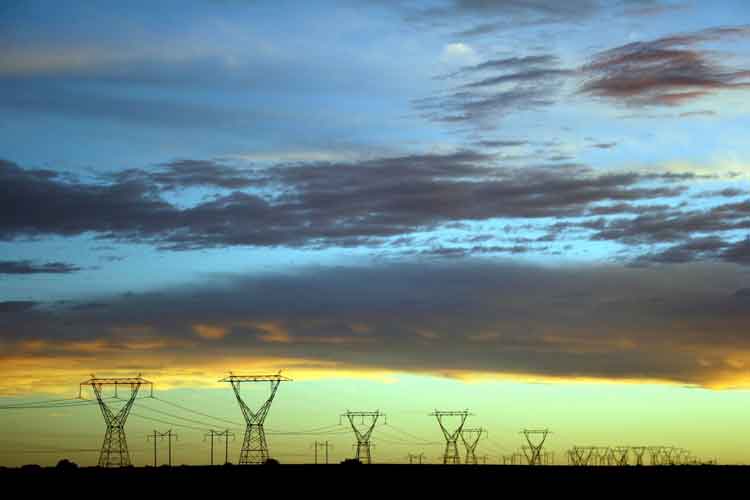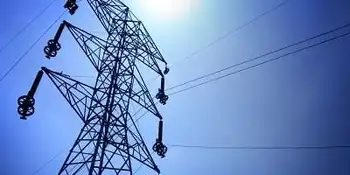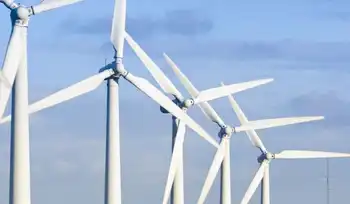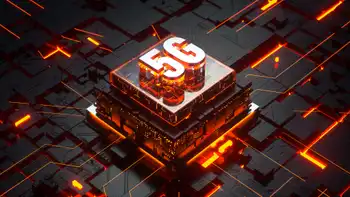Doctors urge action on isotope production
By Toronto Star
Electrical Testing & Commissioning of Power Systems
Our customized live online or in‑person group training can be delivered to your staff at your location.

- Live Online
- 12 hours Instructor-led
- Group Training Available
Senior nuclear doctors – convened to advise the government during last year's crisis – are urging Ottawa to look at replacing the aging nuclear reactor in Chalk River that now supplies 50 per cent of the world's supply of isotopes.
Finding a replacement reactor has become even more urgent now that Atomic Energy of Canada Ltd. (AECL) decided in May to scrap work on the Maple reactors that were designed to replace the Chalk River facility.
"The Maples were the answer and I'm quite disappointed that the government has made the decision," said Dr. Douglas Abrams, one of the authors of the report who works at the University of Alberta's Cross Cancer Institute.
"That really would have secured the radio-isotope supply for the world," he said.
In a recent report, the doctors write how they were in the dark when the Chalk River nuclear reactor halted production of medical isotopes late last year, a critical oversight that put patients at risk.
Doctors say they were forced to delay diagnostic and treatment procedures for patients across the country when the supply of isotopes dried up last December.
And not knowing how long the isotope shortage would last, they were forced to decide whether to proceed with other procedures for their patients that carried more risk or would be less accurate.
"For patients with serious and often life-threatening conditions, the lack of certainty was chilling," says the report, prepared by health experts called to advise Health Canada after the crisis set in.
"People scheduled for diagnostic tests received little or no information about how long they would have to wait or whether they would have the prescribed test at all," the report said.
The crisis created "emotional stress and tension" at every level of the health-care system as the shortage "compromised" emergency services in some regions and forced some nuclear medicine departments to close completely, it said.
"For the longest time, it was a moving target and that makes it very difficult to figure out what to do.... We didn't know how long it was going to last," Abrams said in an interview.
The Chalk River facility was shut down by Atomic Energy of Canada Ltd. on Nov. 18 for routine maintenance. But the shutdown was unexpectedly prolonged after an inspection found that mandatory safety upgrades ordered by the Canadian Nuclear Safety Commission had not been done.
A separate report blamed the shutdown on poor communications and unclear licence conditions. The "lessons learned" report by Talisman International, an independent consultant, says the AECL licences "were not clear" and did not specify in detail which safety upgrades were to be done.
The report was requested by both the AECL and the safety commission. In a joint statement, they pledged to clarify licence requirements and improve implementation of licensing demands.
The doctors added their own complaints about poor communications, saying they were kept in the dark about the shutdown, making it impossible for them to plan a response to the crisis.
"The nature and full extent of the crisis was simply not known. The nuclear medicine community found itself working on a day-by-day basis, guided by information gleaned from the newspapers," the report said.
"The ability to provide services was teetering on the brink of disaster when the reactor was finally restarted."
The report recommends ways to minimize the potential for shortages and to mitigate consequences for patients should a shortage occur, including better communications with doctors and the public and enhancing the capability of supplies to respond to shortages.











